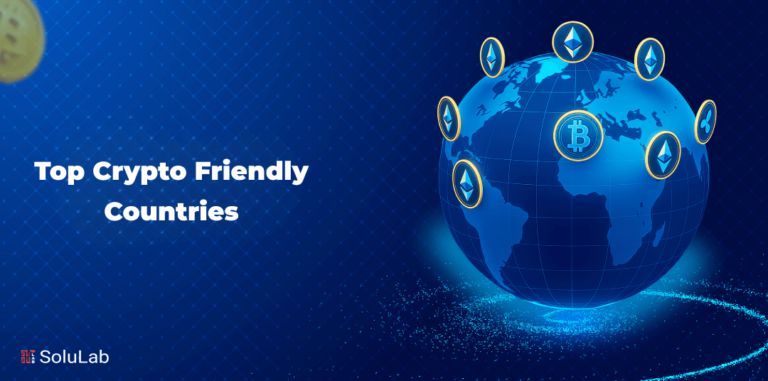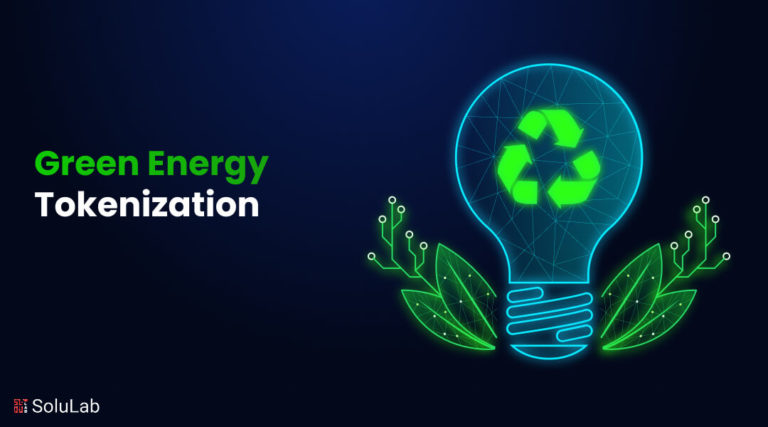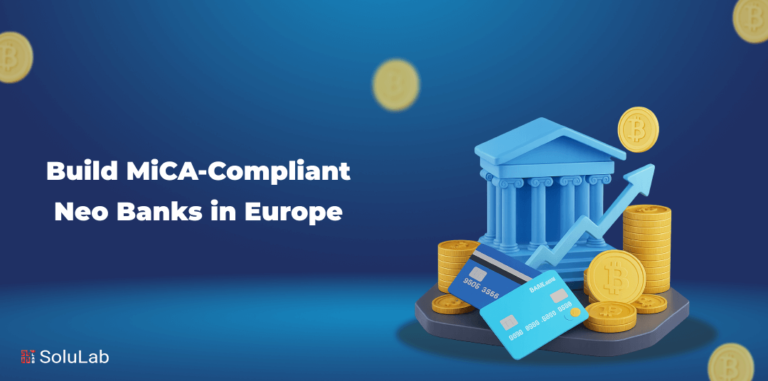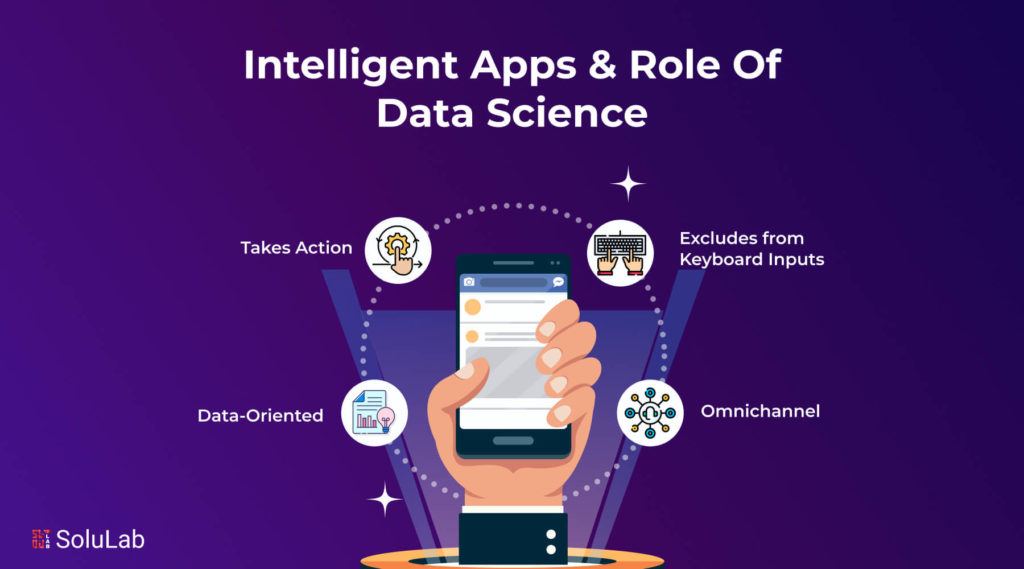
Intelligent applications created with AI development services are being used more frequently to offer improved features and unique user interactions using AI and machine learning algorithms integration and data analysis as technology continues to advance quickly in this modern digital age. These applications have enormous promise since they boost efficiency across many industry sectors by automating various operations and enhancing decision-making processes.
The AI market is expected to rise significantly from its predicted $86.9 billion in revenue in 2022 to $407 billion by 2027. This has a direct role in the exponential rise in the number of intelligent apps in marketplaces across the globe that have adopted this developed technology.
With the increasing integration of technology in the mobile environment, everyone is anticipating good chances in the way of experiences but there is also a doubt the capabilities of standard mobile apps.

What are Intelligent Apps?
AI-powered apps or smart applications are other terms for intelligent applications. These are computer programs that make use of machine learning and artificial intelligence altogether to evaluate data, learn from user interactions, and deliver wise answers to actions. Intelligent mobile apps are essentially AI-powered features that offer a customized and flexible user experience.
Intelligent apps combine the most user-centric designs and app development tools with the power of consumer data, operational data, modern technology, and predictive analysis to provide an exceptional user experience. Consumers, clients, owners, architects, and developers may have different experiences with them in the future as GenAI demonstrates machines learn from feedback and become more self-sufficient.
How Does Intelligent Apps Work?
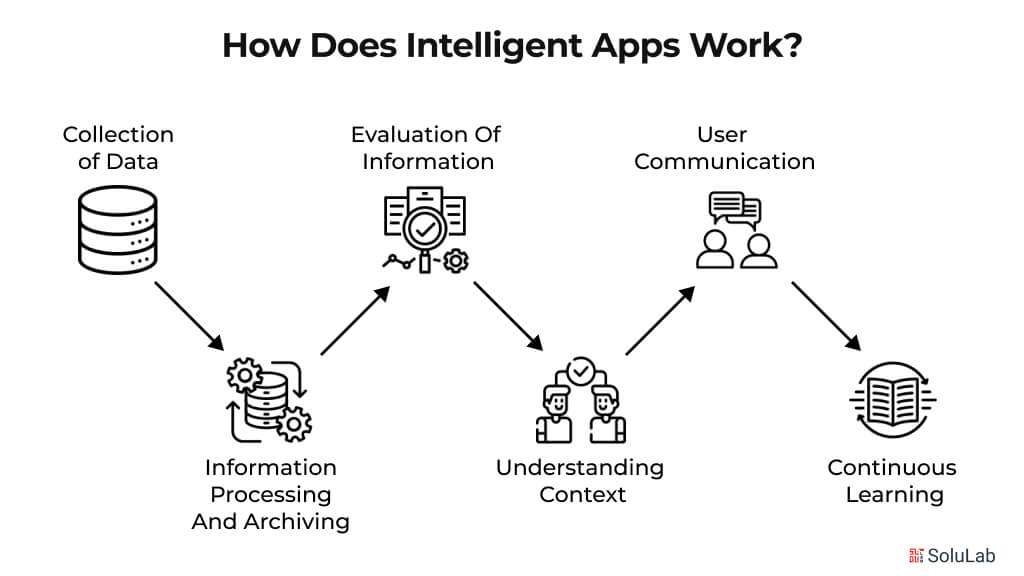
Intelligent applications follow a methodical set of steps that allow them to provide customized experiences to users. Here is the breakdown of starting to end of how intelligent apps work:
1. Collection Of Data
Like every other artificial intelligence application, the initial stage of intelligent apps is also gathering relevant data from various sources which are as follows:
- User Interactions: Monitoring the clicks, searches, and preferences of the user as they interact with the app.
- External Data: Adding to the dataset by including data from social media, APIs, and Internet of Things devices.
- Historical Data: Examining previous user activity to spot patterns and trends.
2. Information Processing And Archiving
Once the data is acquired, it undergoes processing and storage, this is made possible by removing discrepancies and irrelevant details to guarantee high-quality data. Strong vast amounts of data securely and making them easily retrievable by using datasets or cloud storage.
3. Evaluation Of Information
The software uses sophisticated analytical algorithms after processing. Alphabets for machine learning to find correlations and patterns in the data, these algorithms examine it. Algorithms for clustering, for instance, can group users who behave similarly. This makes use of past data to predict user behavior or preferences in the future.
4. Understanding Context
Intelligent apps make use of natural language processing to enhance user interaction. This enables the app to comprehend and interpret user inputs, including text messages and voice instructions. Context awareness evaluates the current context be it time, place, or a device, and offers pertinent answers.
5. User Communication
According to the insights it generates, the app engages the user in conversation, involving users with simple-to-use interfaces that make interaction and navigation simple. Making use of voice assistants or chatbots to have natural conversations with users.
6. Continuous Learning
The last phase entails the constant development of these applications via user feedback on their interactions is gathered to improve algorithms and models are updated based on fresh data to increase accuracy over time.
Do You Really Need Intelligent Apps?
Now that you are aware of what are intelligent apps and how they work a bigger question arises do you really need them? Intelligent apps are rising due to their ability to provide users with a larger part of creativity, cost-cutting, and more value. More and more technology companies are going beyond the idea of merely adding new features to their programs and infusing intelligence into them.
If you are looking to be a part of this MLops consulting company’s tactical change that can set you apart from the crowded market and prompt broader acceptance intelligence apps are exactly what you need. If you are an independent vendor, you will be able to enter the market as a result of declining costs related to creating intelligent apps and services. A wider variety of enterprises can now more easily access intelligent solutions thanks to intelligent apps.
Furthermore, if you require AI-powered solutions across a range of industries you should go for intelligent apps. It has been made possible with the growing expectation of business value, which is partly driven by the hype surrounding generative AI. Intelligent apps are becoming more common as businesses look to enhance experiences and streamline operations.
Top 4 Examples of Intelligent Apps
Apart from the definition of intelligent applications and their work here are some intelligent applications examples to help you understand better:
-
ElsaAI
An artificial intelligence app program was created to assist users in pronouncing words correctly in English. It offers individualized feedback and support for language acquisition through the use of machine learning and speed recognition technology. With the help of real-time feedback and corrections, users may practice speaking English while using the app that focuses on pronunciation instruction. ElsaAI evaluates the user’s pronunciation, pinpoints areas that need extra work, and offers fun activities and lessons that specifically address particular areas.
Read Also: How to Integrate AI Into Your App?
-
Youper
The artificial intelligence apps that can act as a personal mental wellness helper. In addition to offering mental support, it makes use of natural language processing and AI to offer guidance and methods for handling emotional well-being. The goal of the software is to assist users in better understanding and managing their emotions, which can lower anxiety and enhance mental health in general.
-
IRIS
IRIS is an illustration of how artificial intelligence is used in mobile apps to provide sufficient services. Paint Technology Solutions is the developer of this app, this is an iOS and Android app for intelligent reporting designed for managers, team leaders, and colleagues on any given project. They can view any team member’s support using this program. One advantage is that numerous people can view the same document simultaneously even from different synced devices.
-
Hound
Another great example of how adaptive AI in mobile apps is here to make your life easier is Hound. Its program uses voice commands to carry out various tasks such as learning which restaurants, hotels, and doctors are the best. The ability of this iOS app to convert audio into text and vice versa is another intriguing feature.
Benefits of Using Intelligent Apps
Below is the list of benefits of intelligent apps:
| Benefit | Description |
| Taking Initiative | These apps don’t wait for users to take every action, rather they leverage the abilities of predictive analytics to analyze behavior and deliver customized relevant results which also reduces user disagreement. |
| Data-Oriented | Provides a data-driven output and gathers data in real-time from several sources including mobile apps and websites. Provides users with precise answers for nearly all queries as a result of this. |
| Leaving Out Keyboard Inputs | Since these apps work to provide maximum comfort they also encourage the possibility of issuing commands without the need of any keyboard. This indicates that these applications react to voice, picture, gesture, and other kinds of commands. |
| Omnichannel | These apps are aware that no matter which platform they are using, people prefer a comfortable and familiar experience. This guarantees that they have the same experience across all channels of communication. |
Intelligent Apps Used In Businesses
Smart apps present businesses with numerous opportunities to improve the BI’s and CEMs of businesses. For instance, a Sales Scorecard App allows tracking of the sales rep’s performance in real-time and reveals visually what aspects need to be changed. Having a Sales incentive Transparency App may help the sales teams set more strategic goals and make better decisions about their incentive deals.
In addition, the achievement of efforts against performance goals which is facilitated by a Campaigns App helps marketers to design better campaigns. There are many areas of store operations that a Retail Store Performance App can be beneficial to retailers including tracking sales, inventory, and staff working hours among others. Individuals managing franchises can get the latest position in every one of the franchise outlets by employing the use of the Franchise Performance App.
When it comes to creating forms and questionnaires for both internal and external usage, an app is also useful. That is, by using an inline editing app, users can edit datasets without having any coding experience thus making data management easier. A billing review app also enables teams to review and edit customer invoices more centrally since the invoices can be edited right within the app.
Last but not least, through the usage of a Talent Management App, even the HR departments of a company can track potential employees throughout the application, interview, and selection process. All of these illustrations demonstrate the vast opportunity that intelligent apps have in changing company processes and enhancing both the decision-making involved and the experiences of clients, as well as the employees themselves.
The Impact of Intelligent Apps On Businesses
NLP applications are still a key factor in fulfilling today’s business environment due to many compliments in customer experience and changes in organizational performance. These apps employ machine learning (ML) and artificial intelligence (AI) proprietary technologies to enhance user experience, decision-making processes, and instant analysis. Here are the major impacts of intelligent apps:
- There is an increased ability among companies to optimize the general availability and adapt to new problems in the organization.
- In addition, intelligent apps also influence other kinds of added value and loyal and happy consumers with customer service automation. From this point of view, these applications can offer personalized experiences that will satisfy the specific demand of every user, based on the information introduced by the AI system.
- Preventive measures make service delivery more efficient; organizations that employ intelligent software, for instance, have found out that the number of tickets to their customer support hotlines dropped by 40 percent.
- Intelligent apps also engage staff members with AI workflow automation, as well as liberate them, by automating usual processes, thereby providing them with more time for meaningful work. Besides increasing output, it fosters an environment that is creative at the workplace.
- Moreover, due to converged systems and enhanced security parameters, these applications enable IT to become streamlined and have reduced disruption and consequently increased availability.
- Companies can, therefore, implement the technologies to analyze data for resource allocation and risk optimization of their operations. All things considered, one may conclude that intelligent applications transform the contemporary economy and change the way clients are dealt with as well as tasks solved by companies.
What Is The Future Of Intelligent Apps?
Anyone in a company is going to be able to develop rich, data-based experiences and make smarter business decisions with the help of intelligent apps and AI-powered tools. Apps with Intelligence will not be able to replace trained developers, rather they will facilitate the delivery of programs faster and more effortlessly, and they will encourage developers to increase their productivity.
Over the next few years, most businesses will integrate these intelligent apps into their daily life operations. Intelligent apps will be successful in the future if they can overcome the constraints faced by them and change the perception of the role that software plays in our daily lives at work. In addition to providing efficiency gains, intelligent applications will undoubtedly continue to push the envelope of what is convincible as we anticipate the next wave of technological developments producing unquestionable value in the facets of business operations.
Is SoluLab Working On The Development Of Intelligent Apps?
SoluLab a data science development company’s dedication to incorporating artificial intelligence within mobile applications is indicative of its creative problem-solving methodology. The creation of a chatbot in partnership with a non-profit organization serves as a case study on how intelligent applications might transform the provision of services in vital domains such as mental health. This partnership aimed to improve mental health outcomes emphasizes how important intelligent apps are today for solving problems and even helping in making well-informed decisions. We had the approach to create an online chatbot that can help people in real-time and bridge the gap between them and mental health providers.
With the proper use of analytics and chatbot development, this intelligent app software provides personalized help, increasing the accessibility of mental health services for a wide range of users. Through the application of data-driven insights, these chatbots can modify their responses to interact with the users. These apps not only increase user engagement but also give your user access to crucial mental health-related information.
As the technologies advance, they have the potential to greatly enhance outcomes for users by giving them all the relevant resources that they might require to successfully manage their obstacles. For engaging in such developed apps experiences contact SoluLab today.
FAQs
1. What do you mean by intelligent applications?
They are a change from old software, which was a set of passive tools. Unlike historical apps, which require us to take action, intelligent apps act gradually to improve their autonomous replies.
2. What are the major applications of intelligent systems?
Under AI, intelligent systems refer to a wide class of systems that have algorithms installed that enable them to carry out tasks that normally humans fail to. This application ranges from data analysis to robotics and many other different industries.
3. What are AI-powered features?
Features that provide automation and informed decision-making are known as AI-powered features such as machine learning, natural language processing, chatbots, robotics, and computer vision.
4. What apps have artificial intelligence?
Apps that can function on their own and use the power of artificial intelligence such as ChatGPT, Amazon Alexa, Google Assistant, and Youper.
5. How is SoluLab using artificial intelligence for apps?
By making use of machine learning algorithms and analyzing large amounts of data SoluLab utilizes artificial intelligence for developing apps which not only makes things easier for users but also gives them an informed insight on making better decisions.



